Fluke 87V MAX Bruksanvisning
Fluke
Multimeter
87V MAX
Läs gratis den bruksanvisning för Fluke 87V MAX (52 sidor) i kategorin Multimeter. Guiden har ansetts hjälpsam av 16 personer och har ett genomsnittsbetyg på 4.4 stjärnor baserat på 8.5 recensioner. Har du en fråga om Fluke 87V MAX eller vill du ställa frågor till andra användare av produkten? Ställ en fråga
Sida 1/52

October 2019 Rev. 1, 2/20
© 2019-2020 Fluke Corporation. All rights reserved. Specifications are subject to change without notice.
All product names are trademarks of their respective companies.
87V MAX
Digital Multimeter
Users Manual
Produktspecifikationer
| Varumärke: | Fluke |
| Kategori: | Multimeter |
| Modell: | 87V MAX |
| Produkttyp: | Digital multimeter |
| Vikt: | 698.5 g |
| Bredd: | 600 mm |
| Djup: | 215 mm |
| Höjd: | 101 mm |
| Vattentät: | Ja |
| Dammtålig: | Ja |
| Batterityp: | AA |
| Upplösning (likspänning): | 0.1 mV |
| Upplösning (växelspänning): | 0.1 mV |
| Upplösning (likström): | 0.1 pA |
| Batteriets livslängd: | 800 h |
| Upplösning (växelström): | 0.1 pA |
| Upplösning (frekvens): | 0.01 hz |
| Antal batterier: | 3 |
| Produktens färg: | Gul |
| Internationellt skydd (IP) kod: | IP67 |
| DC-spänningsområde: | 0.1 - 1000 V |
| AC-spänningsområde: | 0.1 - 1000 V |
| Kapacitansområde: | 0.1 - 9999 nF |
| Frekvensområde: | 0.5 - 199.99 kHz |
| Placeringar som kan användas: | Handhållen multimeter |
| Displaytyp: | Analog |
| Strömkälla: | Batteri |
| Mätningskategori: | CAT III 1000V |
| Prestation: | 0.1 - 50 Ω |
| Intervall för temperaturmätning: | -200 - 1090 ° C |
| Motstånd upplösning: | 0.1 Ω |
Behöver du hjälp?
Om du behöver hjälp med Fluke 87V MAX ställ en fråga nedan och andra användare kommer att svara dig
Multimeter Fluke Manualer
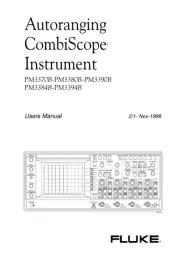
26 September 2025

26 September 2025
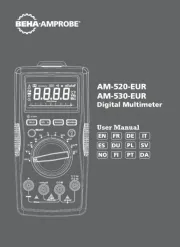
26 September 2025
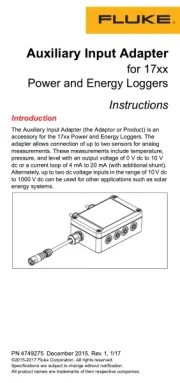
26 September 2025

26 September 2025
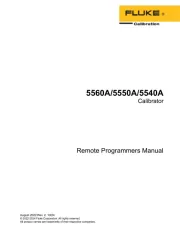
25 September 2025

25 September 2025

25 September 2025
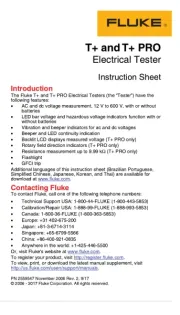
25 September 2025

25 September 2025
Multimeter Manualer
- Biltema
- Clas Ohlson
- Chauvin Arnoux
- Multimetrix
- Hager
- Joy-it
- Extech
- Klein Tools
- Parkside
- Digitus
- Plieger
- PCE Instruments
- HT Instruments
- Uni-T
- PeakTech
Nyaste Multimeter Manualer
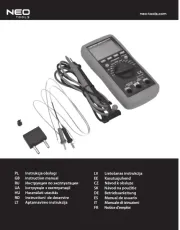
20 Oktober 2025
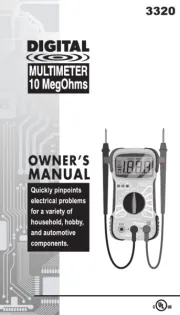
13 Oktober 2025
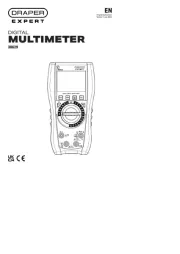
7 Oktober 2025
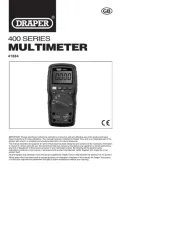
7 Oktober 2025
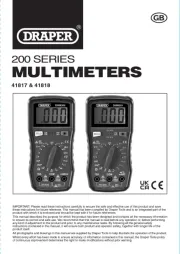
26 September 2025
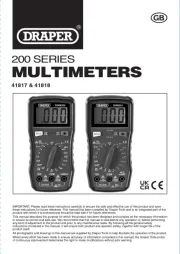
25 September 2025
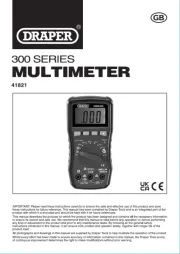
25 September 2025
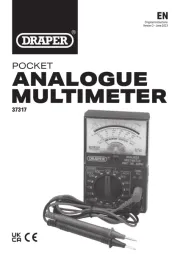
25 September 2025
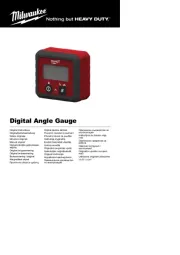
20 September 2025
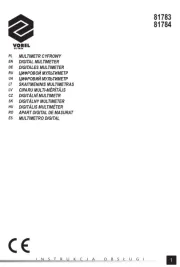
12 September 2025